Posts on the Topic Environment
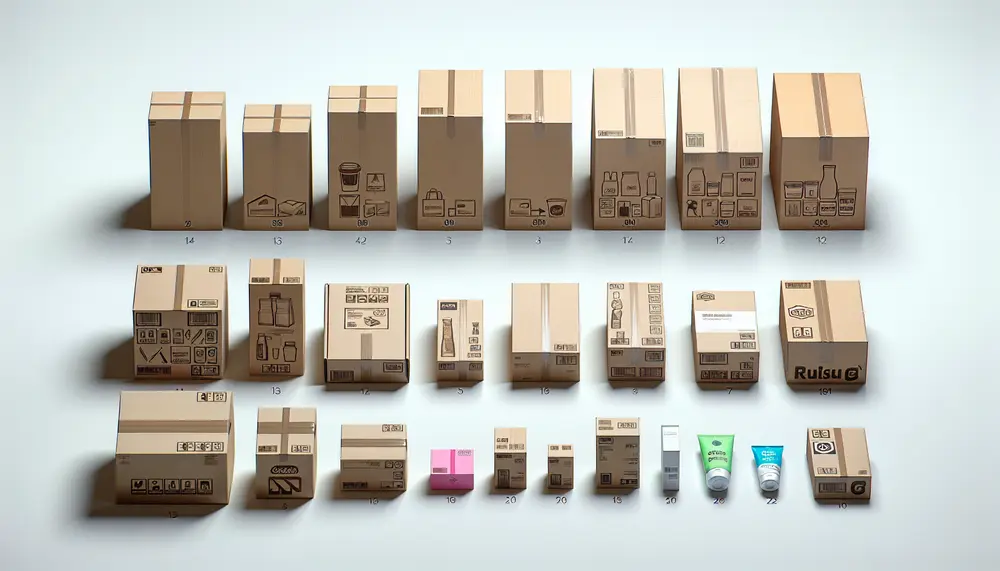
From Concept to Consumer: The Journey of Product Packaging
Understanding the Importance of Product Packaging Product packaging serves as more than just a container for goods. It is a critical element in the c...
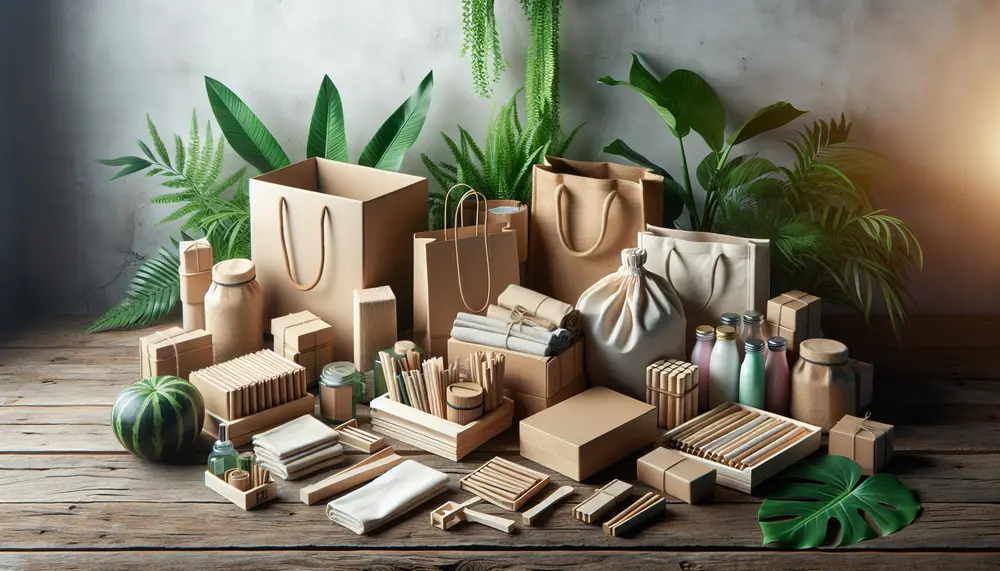
Go Green with Eco-Friendly Packaging: Promoting Environmental Sustainability
Understanding the Impact of Packaging on the Environment When we talk about packaging environmental concerns, it's crucial to begin by understanding h...
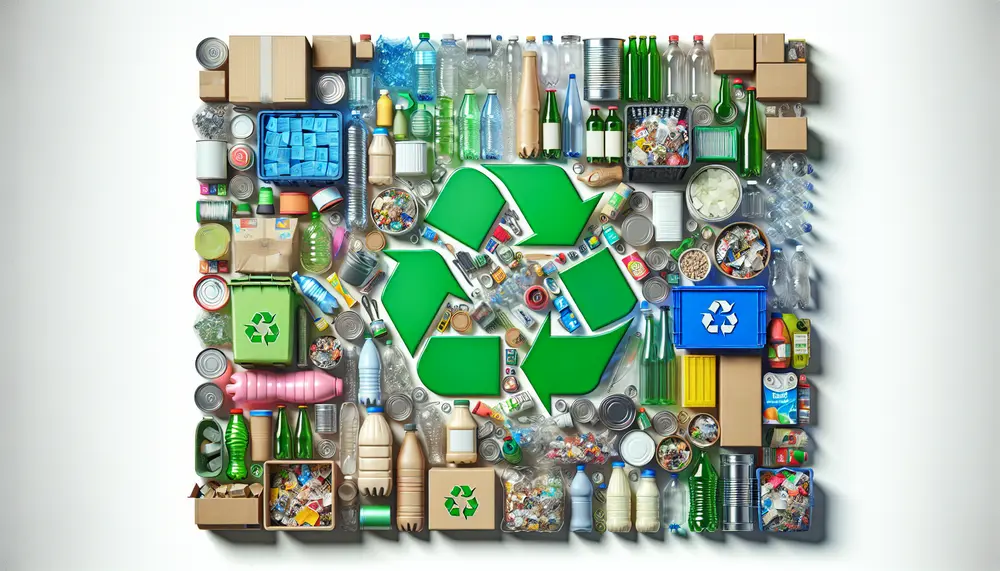
Understanding the Impact of Packaging and Packaging Waste Regulation
Understanding Packaging and Packaging Waste Regulation in 2023 As we step into 2023, it's crucial to grasp the full weight of how packaging and packag...
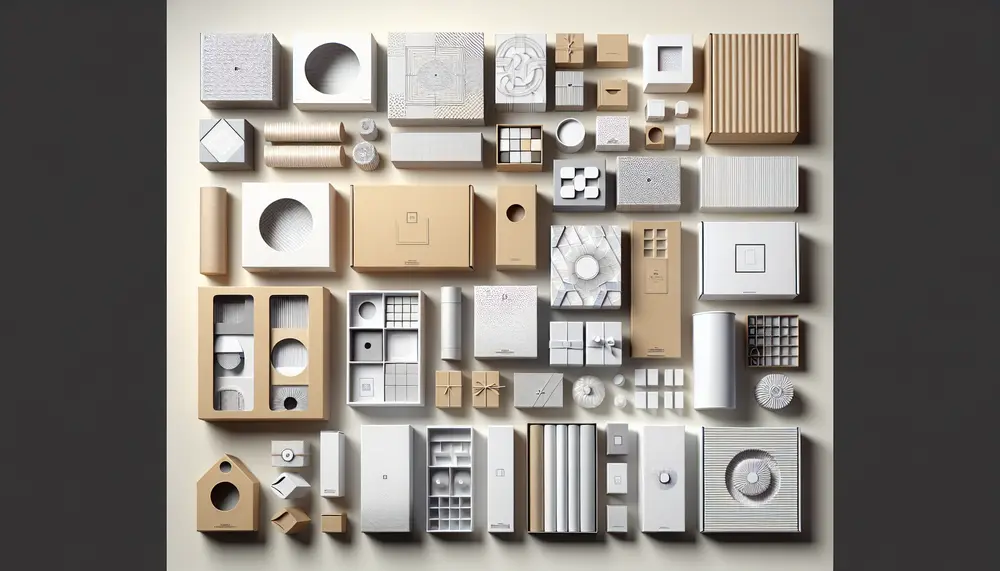
10 Stunning Packaging Box Mockup Designs for Inspiration
Introduction to Packaging Box Mockups Embarking on the journey of creating an eye-catching product presentation requires a key tool – packaging box ...

The Versatility of Ziplock Packaging: Solutions for Every Need
Understanding the Basics of Packaging Ziplock BagsWhen it comes to organizing, storing, or transporting items, packaging ziplock bags are an incredibl...
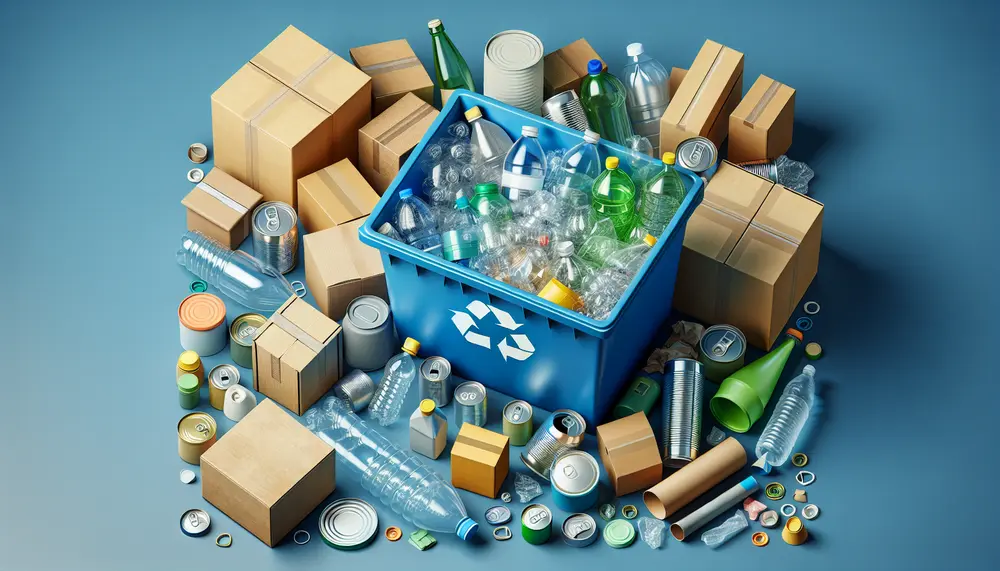
Navigating Packaging and Packaging Waste Regulation: PPWR Explained
Understanding the Basics of Packaging and Packaging Waste Regulation (PPWR) Packaging and Packaging Waste Regulation, commonly referred to as PPWR, is...

Unveiling the Mysteries of Packaging: Frequently Asked Questions
Understanding the Basics of Packaging At its core, packaging serves a dual function—it not only protects products as they move from the manufacturer...

From Waste to Worth: Unlocking the Potential of Packaging Recycling
Understanding Packaging Recycling and Its Importance Packaging recycling is a process that salvages materials from used packages and transforms them i...

Elevating Your Packaging Game with Tissue: Creative Ideas and Inspiration
Understanding Packaging Tissue and Its Importance When we talk about packaging tissue, we're referring to a delicate, thin paper used primarily for wr...

Indulge in Luxury: The Art of Chocolate Packaging
The Importance of Chocolate Packaging DesignThe artistry of packaging of chocolate goes beyond mere aesthetics. It serves as a silent ambassador to th...

Enhance Your Packaging with Creative Filler Options
Understanding Packaging Filler and Its Importance Packaging filler plays a vital role in the world of shipping and product presentation. It is the ma...

Discover Your Passion: Unlocking the Opportunities in Packaging Jobs
Understanding the Packaging Industry Landscape The packaging industry is a complex and dynamic field that's constantly evolving with technology, consu...
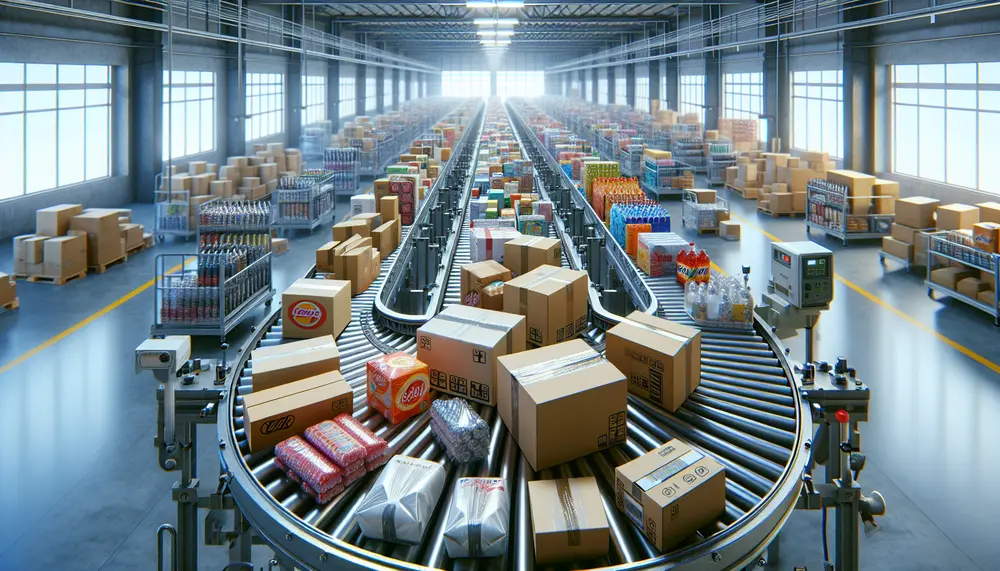
Kenya's Packaging Industry: Opportunities and Challenges
Understanding Kenya's Packaging Market Landscape The Kenyan packaging industry has experienced a steady climb in valuation, with estimates placing its...

Snack Savvy: Innovative Packaging for On-the-Go Eats
Understanding Snack Packaging Essentials Snack packaging is more than just a way to store food; it's a critical component of product success in today'...

Legal Landscape: Key Laws Impacting the Packaging Industry
Understanding the Legal Framework in Packaging The packaging industry operates within a complex legal framework that encompasses a variety of laws and...
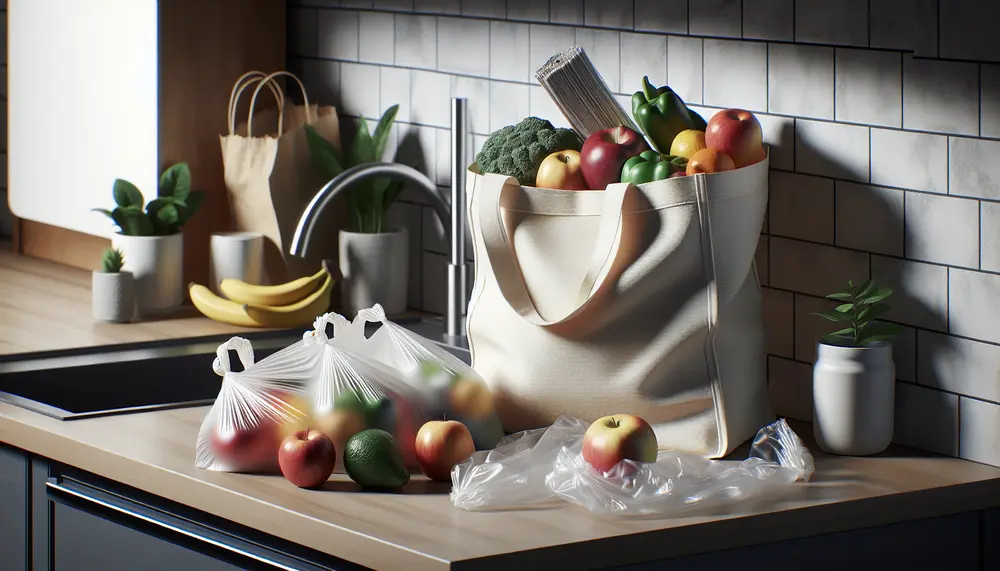
The Plastic Bag Debate: Balancing Convenience and Environment
Understanding the Plastic Bag Controversy The debate around plastic bags is one that touches on various aspects of our daily lives and the global envi...
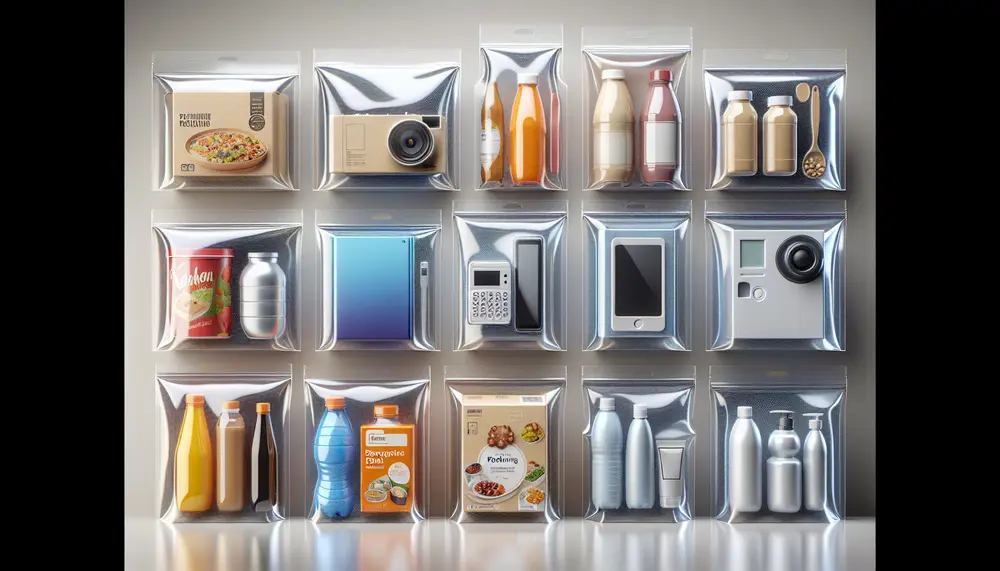
A Clear View: The Advantages of OPP Windows in Packaging
Understanding OPP Windows in Packaging When we talk about OPP windows in packaging, we're referring to a specific feature that has transformed the way...
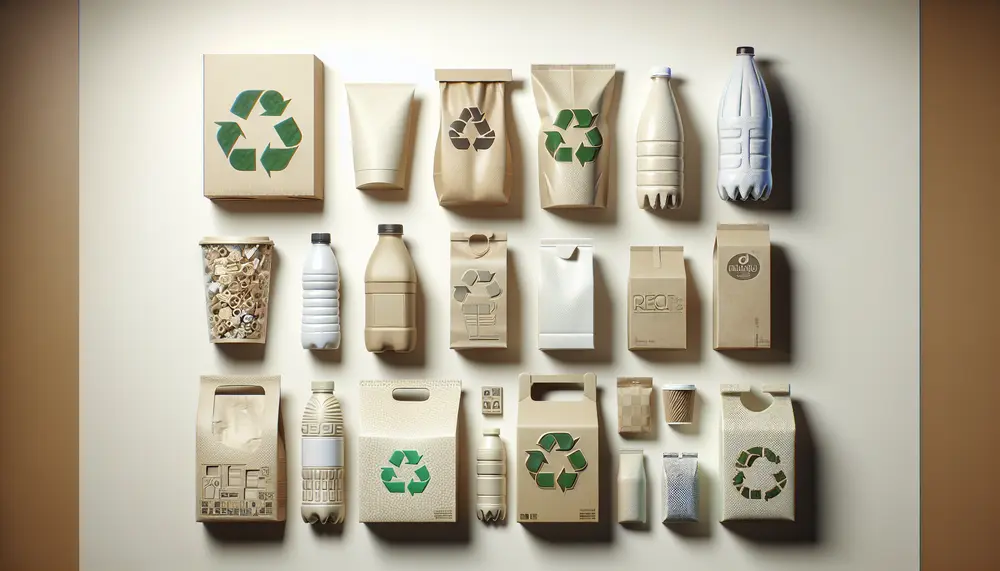
RPET Revolution: Turning Waste into Packaging Wonders
Understanding RPET Packaging and Its Impact on the Environment At the core of the RPET revolution lies the acronym RPET, which stands for recycled Pol...

Beauty Unboxed: Elegant Packaging for Cosmetic Products
Understanding the Importance of Packaging for Cosmetic Products When diving into the world of packaging for cosmetic products, we often first consider...
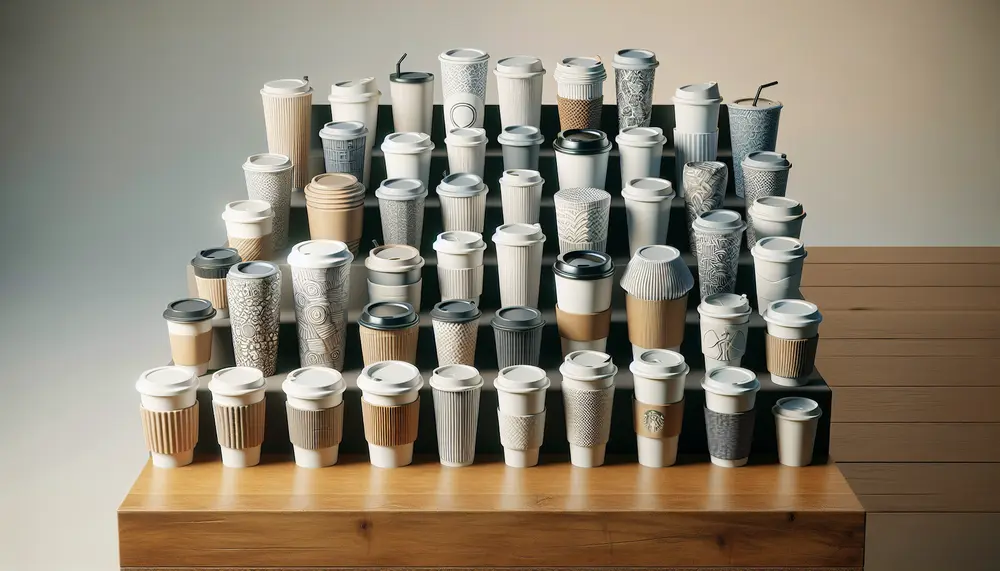
Contemporary Brews: The Evolution of Modern Coffee Cups
Understanding Modern Coffee Cups: A Brief Overview When we delve into the realm of modern coffee cups, we're exploring much more than just functional ...
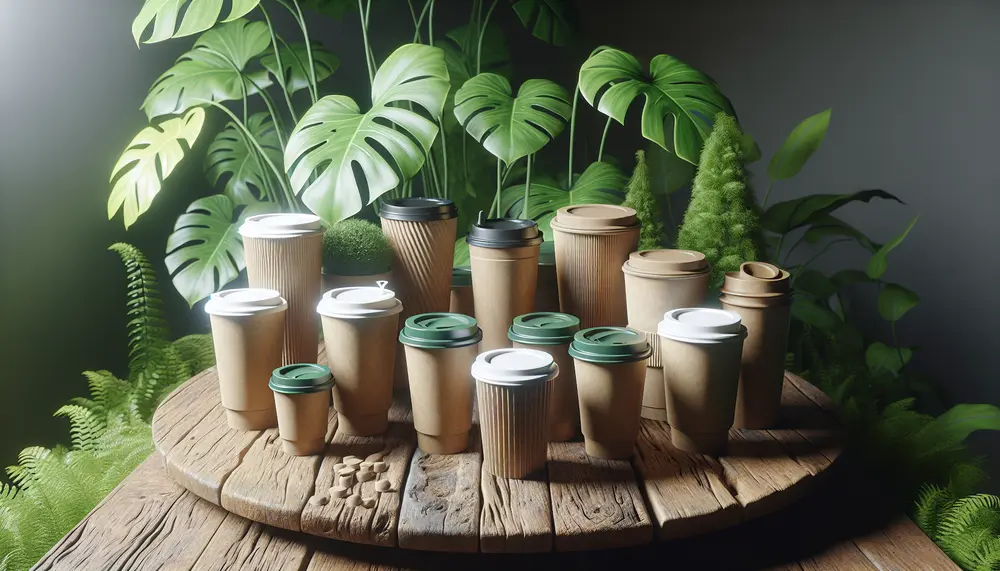
Breaking the Mold: Exploring Alternative Coffee Cup Solutions
The Environmental Impact of Disposable Coffee Cups The widespread use of disposable coffee cups has created an undeniable strain on our environment, w...
Top 10 posts with this tag

The Versatility of Ziplock Packaging: Solutions for Every Need
Understanding the Basics of Packaging Ziplock BagsWhen it comes to organizing, storing, or transporting items, packaging ziplock bags are an...

Kenya's Packaging Industry: Opportunities and Challenges
Understanding Kenya's Packaging Market Landscape The Kenyan packaging industry has experienced a steady climb in valuation, with estimates placing its worth...

The Plastic Bag Debate: Balancing Convenience and Environment
Understanding the Plastic Bag Controversy The debate around plastic bags is one that touches on various aspects of our daily lives...

Understanding the Impact of Packaging and Packaging Waste Regulation
Understanding Packaging and Packaging Waste Regulation in 2023 As we step into 2023, it's crucial to grasp the full weight of...

Breaking the Mold: Exploring Alternative Coffee Cup Solutions
The Environmental Impact of Disposable Coffee Cups The widespread use of disposable coffee cups has created an undeniable strain on our...

Beauty Unboxed: Elegant Packaging for Cosmetic Products
Understanding the Importance of Packaging for Cosmetic Products When diving into the world of packaging for cosmetic products, we often first...

RPET Revolution: Turning Waste into Packaging Wonders
Understanding RPET Packaging and Its Impact on the Environment At the core of the RPET revolution lies the acronym RPET, which...

A Clear View: The Advantages of OPP Windows in Packaging
Understanding OPP Windows in Packaging When we talk about OPP windows in packaging, we're referring to a specific feature that has...

10 Stunning Packaging Box Mockup Designs for Inspiration
Introduction to Packaging Box Mockups Embarking on the journey of creating an eye-catching product presentation requires a key tool – packaging...

Contemporary Brews: The Evolution of Modern Coffee Cups
Understanding Modern Coffee Cups: A Brief Overview When we delve into the realm of modern coffee cups, we're exploring much more...
